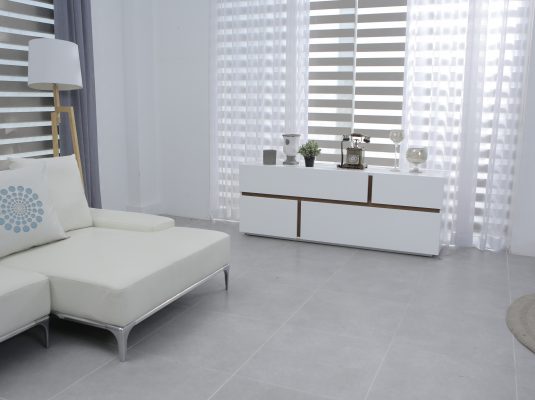
Scandi Living Room Design
What we understand to be Scandi style is all about informal, laid back, understated modern sophistication. We think “Scandi” and we think white sofas in a clutter-free-open-plan living/cooking/eating areas. They look great in magazines but I can understand why people would think that look can’t be maintained and isn’t practical. This article is about adapting the aspects of Scadi Interior Design that you want, and how to make it work in your home.
I’m currently working on a living room project for clients in Cheshire. The clients told me they like the scandi look and the feeling of not having anything too fussy. The house is about 100 years old with lots of original features and they haven’t had time to do much to it since they moved in. It’s a great sized living and dining space with generous proportions and lots of potential.
If you’re looking to achieve a Scandi look in your living room then just follow these 3 simple steps to get you started.
1) Plan the room around the traffic flow and maximise floorspace.
Stretches of uninterrupted floor space are key to creating a sophisticated Scandi look. I’ve found that after you have a bit of clear up of living room stuff (maybe post, newspapers and magazines, shoes, bags, kid’s stuff etc) you’ll be able to re-evaluate really how much space you have available. Once you’ve sorted the small things it’s time to look at the furniture. Chances are that the largest piece of furniture in your living room is the sofa or sofas. An average size living room can seat a maximum of five comfortably, maybe six at a push. If you have seating for six and there’s only two of you in the house, why not consider downsizing the arrangement to a three seater sofa and statement armchair? You’ll free up a couple of square metres and open up possibilities for new furniture layouts.
2) Choosing your colour scheme.
Scandi colour schemes tend to be based on white, grey or light pastel colours. I personally like to introduce pops of colour against a cool backdrop when I’m working on a project like this. There are many ways to do this but I would suggest you consider looking at soft furnishings for colour injection. Curtains, cushions, rugs and throws can come together to lift a colour scheme and create something interesting. For the project I’m working on in Cheshire, I’m currently in the process of developing different colour schemes that I can get feedback for when I next see my clients. I’ll do another article next week about this project as it progresses.
3) Accessories to compliment a Scandi style living space.
When I think about Scandi accessories I imagine cleverly designed practical pieces. I featured a floating TV cabinet in a living room design from earlier this year and it worked perfectly. It was an interesting accent for the room and it also provided storage without taking up any of the room’s footprint. Additionally, it hid the wires needed for the tv power supply, wifi router, cable tv box etc. Hiding wires is something I always incorporate when designing an entertainment area but I feel that it is extra important in this style of design.
Another accessory for this style of living room that you can consider is a large mirror with a simple frame. Mirrors placed landscape ways above a sofa can aid the reflection of light around a room and help a room to appear wider.
When buying new coffee or side tables for your Scandi living room, I’d suggest an elegant shape with straight lines and neat legs. Nests of tables in this style are great for tucking away when they aren’t needed. A glass top coffee table will also help with the flow of light around the room.
I’ll be sure to post pictures of the house I’m working on in Cheshire over the next few weeks.
Thanks for reading,
Claire